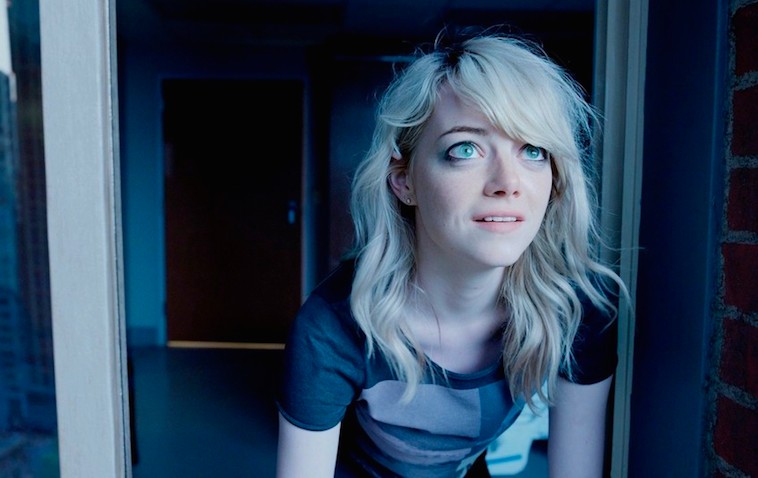 Jacob T. Swinney is back at it. This time, the prolific supercut editor analyzes 55 films, comparing their first frames to their last. Although the results aren’t unanimous, it’s fascinating to see over four dozen films’ bookends analyzed this way. Swinney hasn’t set out to prove one sole concrete rule in filmmaking, but the patterns they call out are definitely worth further consideration.
Jacob T. Swinney is back at it. This time, the prolific supercut editor analyzes 55 films, comparing their first frames to their last. Although the results aren’t unanimous, it’s fascinating to see over four dozen films’ bookends analyzed this way. Swinney hasn’t set out to prove one sole concrete rule in filmmaking, but the patterns they call out are definitely worth further consideration.
For example, it’s an old saying that “movies end where they began.” No matter what happens over the course of the 90-120 minutes in between the opening and closing credits, films often conclude by returning (their protagonist, another character, or even just the visuals) to the first location or image to appear on screen. “We Need to Talk About Kevin” (at 1:33) offers a particularly strong juxtaposition between the first shot and the last. “Shame," “The Godfather Part II,” “Cast Away,” and “Lord of War” also all conclude with a shot incredibly similar to the opening image, whether it be the protagonist looking off pensively, scenery, or a thematic visual. Similarly, “Gone Girl,” “Cape Fear,” “12 Monkeys,” “The World According to Garp,” “Saving Private Ryan,” and “Cloud Atlas” all employ a final frame nearly identical to the one with which they opened.
For as many examples of films that replicate the opening shot at the end, there are an equal number where the opposite holds true. “Silver Linings Playbook” depicts a very different Bradley Cooper when it fades in, than when it fades out. Likewise, “No Country for Old Men” uses pretty polar opposite images, despite whatever emotion they might convey; the first is a very dark landscape, while the last is a brightly lit mid-shot of a character, Ed Bell (Tommy Lee Jones). The same degree of change holds true for “12 Years a Slave” and “Never Let Me Go” — nearly polar opposite images or conveyances.
It’s not just in the movies Swinney uses where patterns emerge, but in the recurring directors he includes. For example, three of Paul Thomas Anderson’s four most recent feature films (“The Master,” “There Will Be Blood,” and “Punch-Drunk Love”) appear — all except for his most recent, “Inherent Vice.” (Swinney’s a clear fan of PTA; he’s studied him before) Martin Scorsese’s films make the cut four times: “Taxi Driver,” “Shutter Island,” "Raging Bull,” and “Cape Fear.” David Fincher’s in there twice, with “Gone Girl” and “Fight Club.” And they’re far from the only directors Swinney highlights more than once in “First and Final Frames.”
Lastly, just because it’s an awesome juxtaposition, “Birdman” merits mention. The opening comet fireball and closing shot of Sam (Emma Stone) looking up at the sky go so well together it’s frankly ridiculous.
Watch the five and a half minute supercut below. [35MM]

